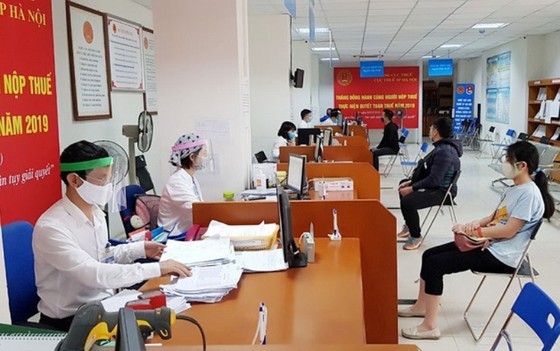 Administrations should facilitate businesses' registration of their businesses and cut of transaction costs
Administrations should facilitate businesses' registration of their businesses and cut of transaction costs
ADB Country Director for Vietnam Andrew Jeffries said that the high vaccination rate enabled the government to abandon harsh containment measures. This timely shift of the pandemic containment strategy helped restore economic activity and reduce bottlenecks in the business environment.
A recovering labor market, along with monetary and fiscal stimulus measures of the Government’s Economic Recovery and Development Program, will spur industrial growth by a projected 9.5 percent in 2022. Agriculture output is expected to grow 3.5 percent this year, on revived domestic demand and rising global commodity prices.
The reopening of tourism in mid-March and the ease of pandemic controls are expected to boost services, with the sector forecast to grow by 5.5 percent this year. Accelerated public funding disbursements will drive construction and related economic activities. In tandem with the economic revival and the uncertainty of global oil prices, inflation is expected to accelerate to 3.8 percent in 2022 and 4.0 percent in 2023.
The Asian Development Outlook (ADO) 2022 also highlighted near-term downside risks that could hinder Vietnam’s recovery. The high Covid-19 infections since mid-March, if not abated, could obstruct the economy’s return to normalcy this year. A slowing global recovery and a surge in global oil prices from the Russian invasion of Ukraine would affect the Southeast Asian country’s external trade and inflation. Recovery also depends on the government’s speedy and effective rollout of the economic recovery and development program.
With the theme ‘Tax reform is the key to ensuring sustainable growth in Asia and the Pacific’, ADB Chief Economist Albert Park said that economies in Asia and the Pacific region will face a growing need to ensure effective public spending in areas such as health, education and the environment. Reforms to improve tax practices and increase revenue can help the region achieve inclusive and sustainable economic growth. However, these reforms must be implemented on a case-by-case basis and in ways that do not inhibit growth and do not burden taxpayers.
For example, administrations should create conditions for businesses to register their businesses and reduce transaction costs. This will help more small businesses participate in the formal economy ( with an organized system of employment with clear written rules of recruitment, agreement, and job responsibilities and a standardized relationship between the employer and the employee is maintained through a formal contract), helping to increase tax revenue. Governments can also improve revenues from burgeoning Asia-Pacific commerce and digital services, which have tripled since 2005 to US$1.4 trillion by 2020.
























